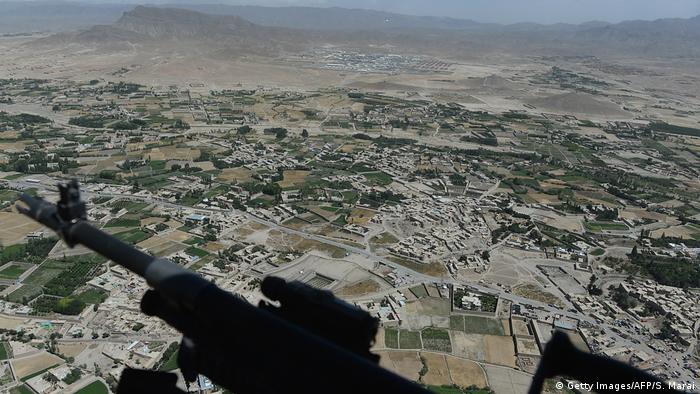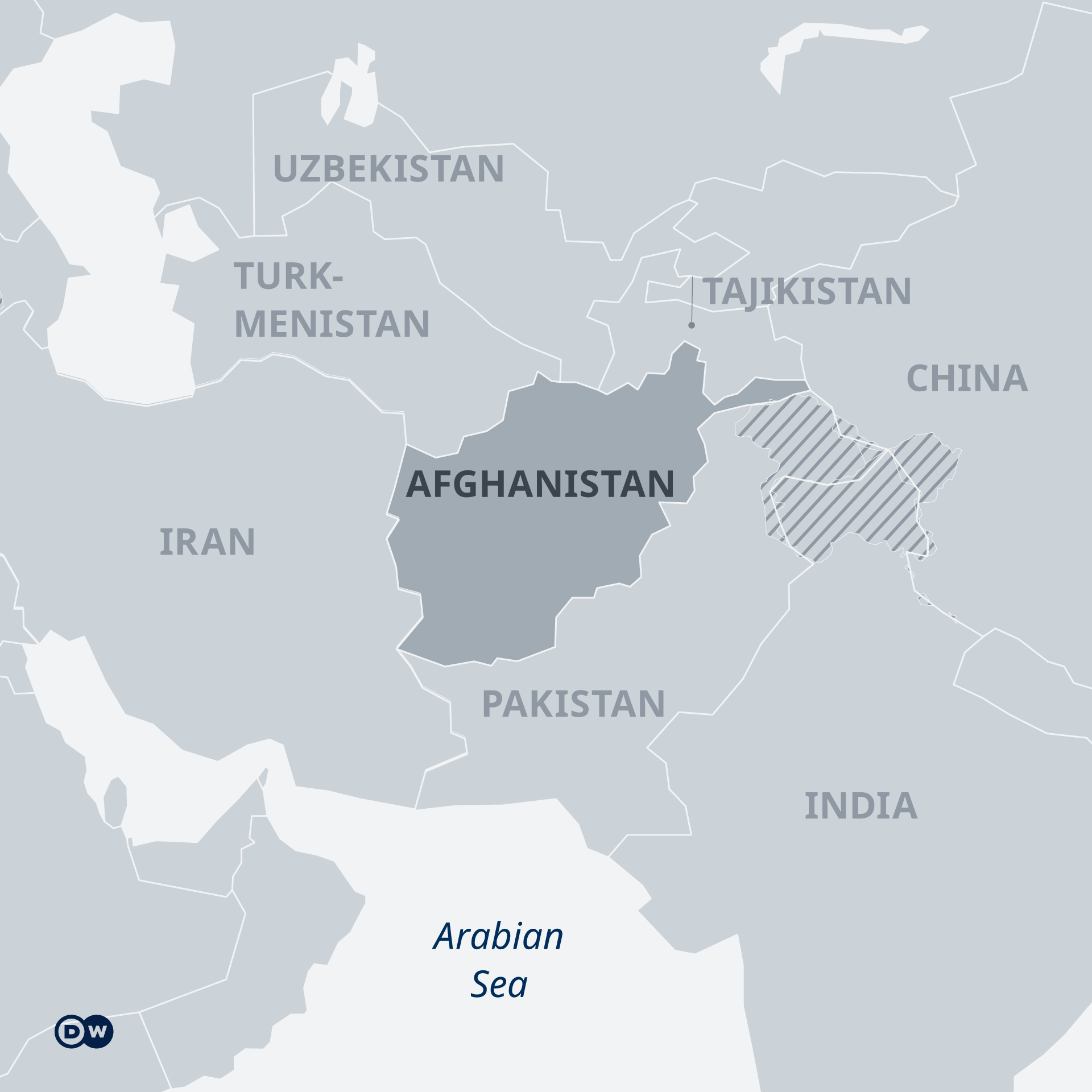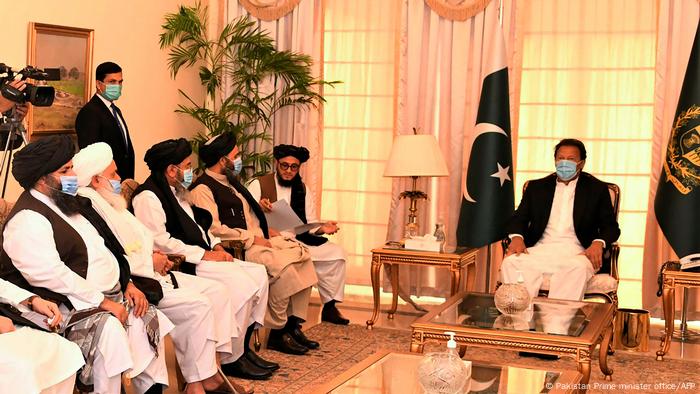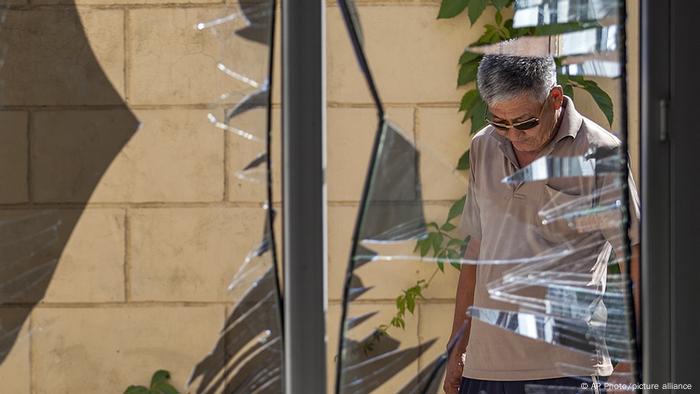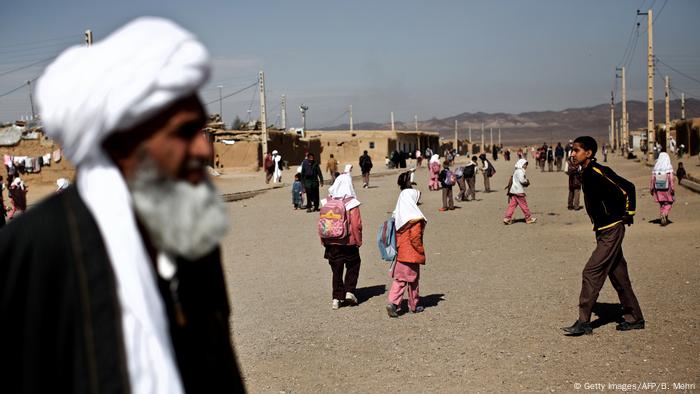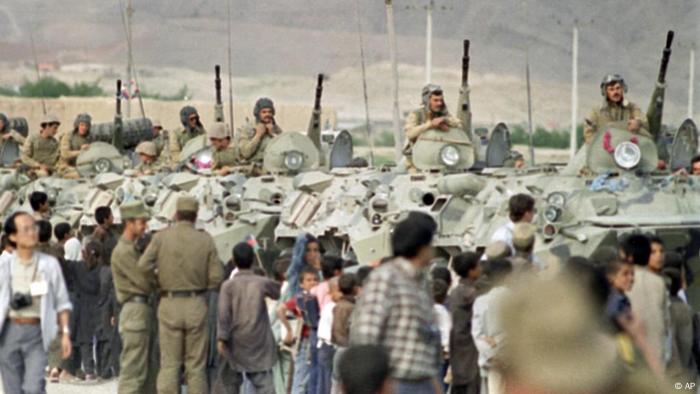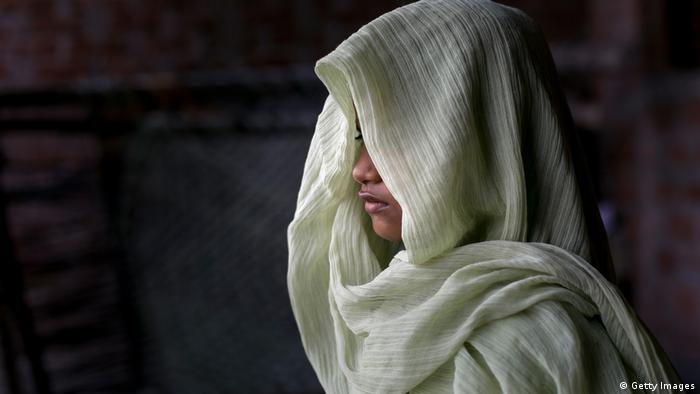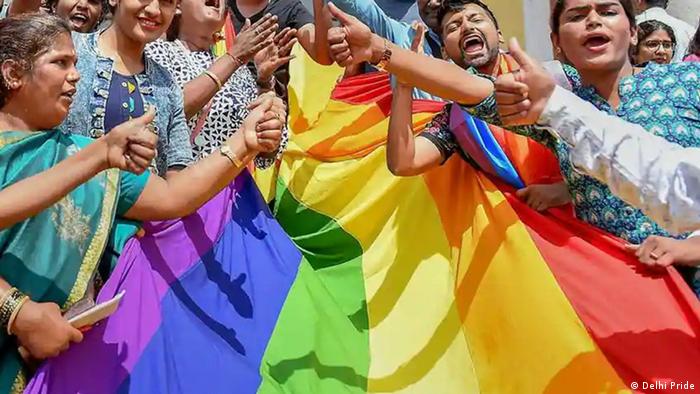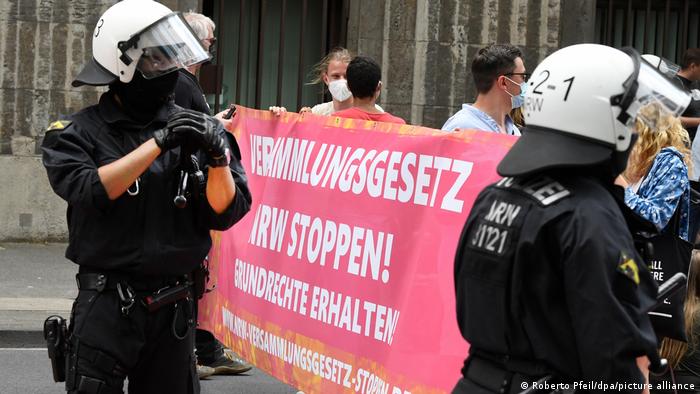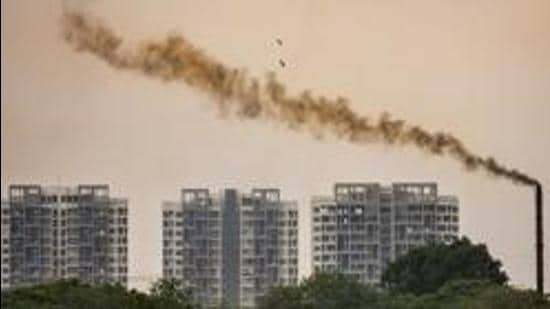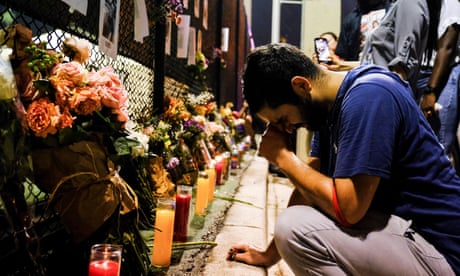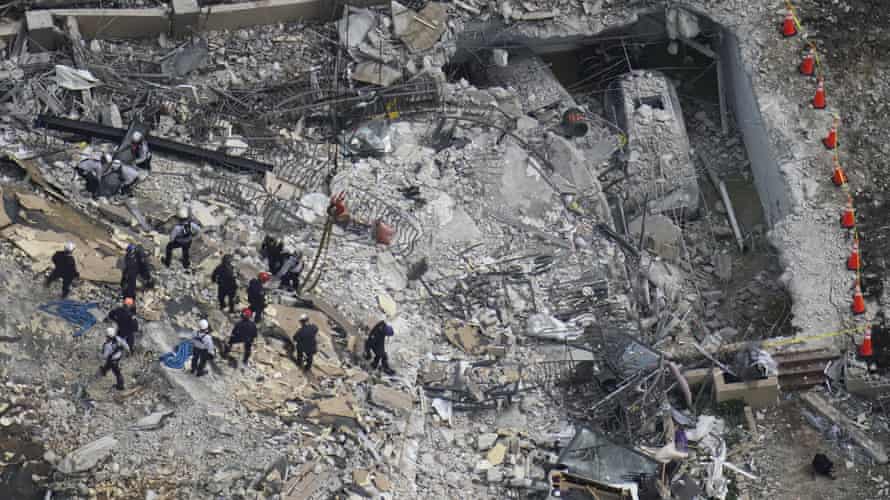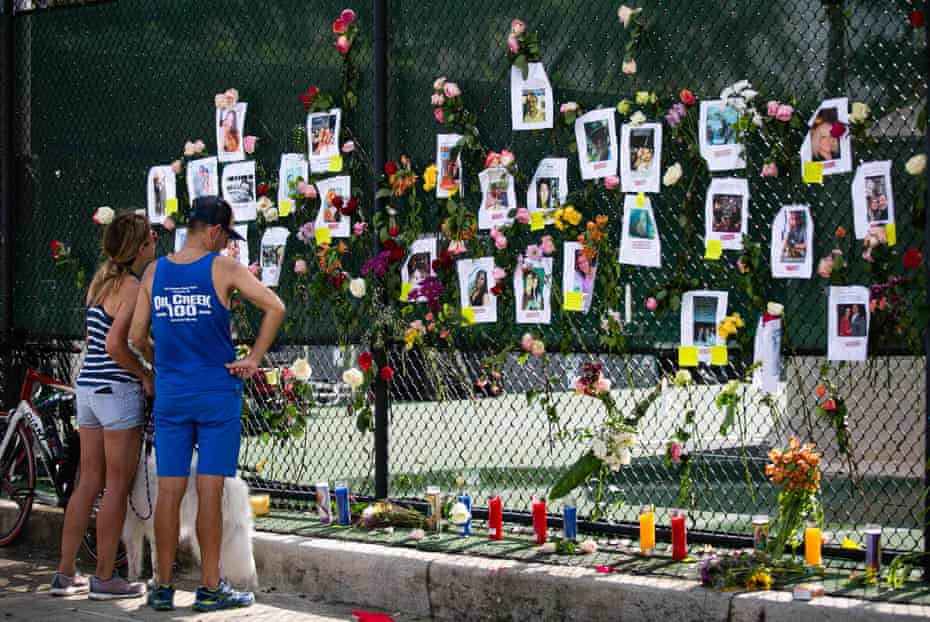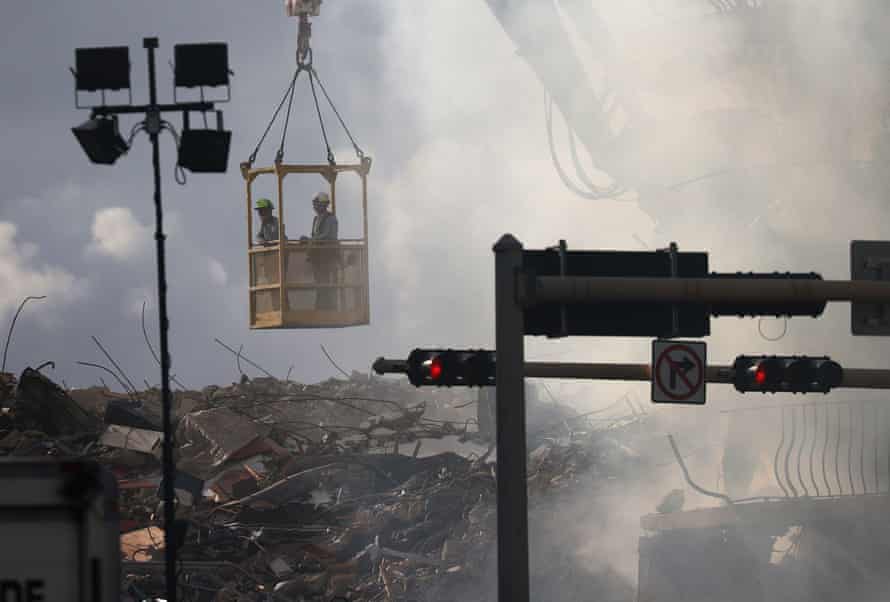The war that destroyed Yugoslavia began on June 26, 1991. Today, a number of multiethnic states face the same challenges that led to its disintegration.
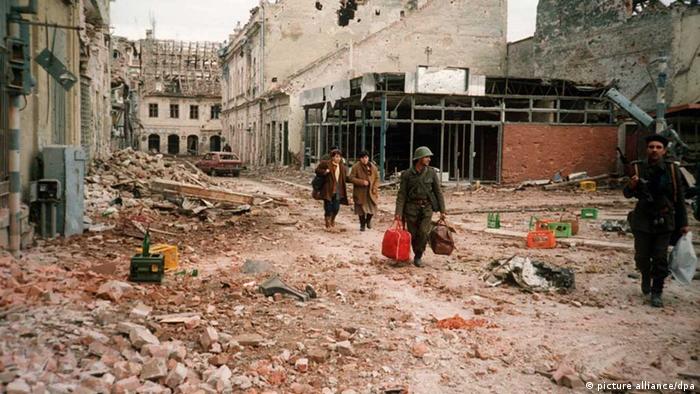
Vukovar, November 19, 1991: Survivors leave the ruins of the Croatian city after three months of fighting
Was it worth it? A decade of war? Flight? Displacement? If you could find a representative group among those living in the seven countries that rose out of the rubble of Yugoslavia — among the elders that experienced the fall of the country, or younger ones that know only a post-Yugoslav reality — most would say "no."
But no such group exists. There is no longer a Yugoslav society for it to even represent. If you ask individuals in the different former republics, you get extremely different answers. In fact, the only citizens who seem to have fond memories of the multiethnic state are those in Slovenia.
They say it was OK, actually quite good, adding that it's too bad that some aspects of it disappeared. Still, they contend, it couldn't last forever. That sentiment is widespread but is it true? Were things really OK in Yugoslavia?
"Yugo-nostalgics" are essentially non-existent among Kosovo Albanians, for instance. For them, the last decade of Yugoslavia's existence was too traumatic. Although the war did not rage in Kosovo as it did elsewhere during that time, citizens there were subjected to police terror. On the other hand, in Serbia, North Macedonia, Bosnia-Herzegovina, Montenegro and even — albeit in a whisper after a third beer — in Croatia, many people publicly lament the fall of Yugoslavia.
For instance, in large surveys conducted more than 10 years after the war and independence, the majority polled listed Josip Broz, better known to the world as "Tito" — the figurehead of the much maligned former republic — as the greatest Croat of all time.
Attempts to put Franjo Tudjman, the father of Croatian independence, into that spot have been largely dismissed. And Stjepan Mesic, for example, the country's second president after independence, proudly titled his memoirs, How We Destroyed Yugoslavia. The move didn't go down well and the title was changed to How Yugoslavia Was Destroyed in its second printing.
Watch video04:44 Bosnia's children of war
Diversity wasn't the problem
Yugoslavia carried the seeds of its own demise for years. But it wasn't the cultural diversity of its populous that was the problem — other nations, from India to Switzerland or the United States, known as an "immigrant country," have been able to master far greater differences. Rather, the issue was how the country dealt with that diversity.
In its first iteration as the Kingdom of Yugoslavia from 1918-1941, the approach was to ignore national, religious and cultural differences. But the opposite manifested itself: As difference was declared unimportant, the relative majority — made up of Serbs — spread its influence far and wide.
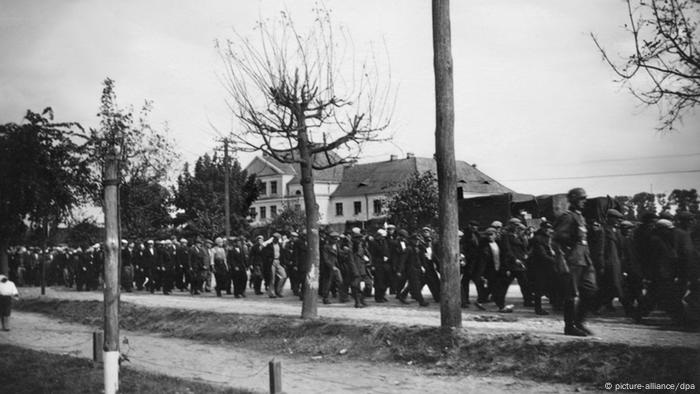
The end of the Kingdom of Yugoslavia: German soldiers march Yugoslav prisoners of war through Belgrade in 1941
Communist caution
When communists took over the country in the wake of Nazi Germany's invasion and a civil war that broke down along ethnic lines, they swore they would not make the same mistake. Old national identities were keenly respected during the Federal People's Republic of Yugoslavia, and new ones — Macedonians, Bosniaks and ultimately even Roma — were added.
As long as national identity operated along the folkloric lines, following the Soviet model, and all political decisions were made by a central communist government, the system worked. But as communism began to lose credibility to parliamentary democracy around the globe — and when the lore of partisan war glory faded — national identities gained political importance.
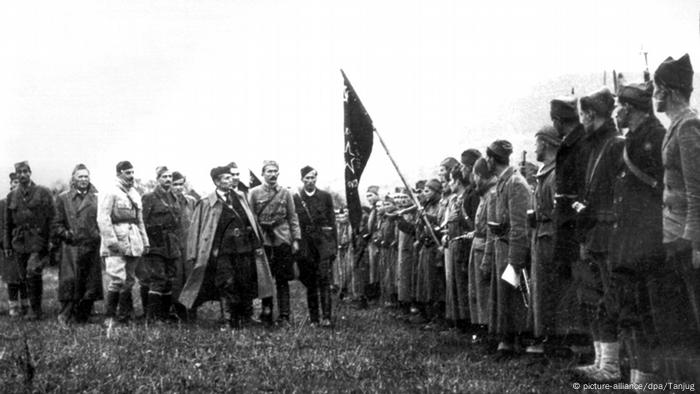
Yugoslav partisans in Bosnia with their leader Tito (center, in dark uniform with light coat) in 1942
Ethnicity, not democracy
Whether political posts, jobs, financing, freeway construction, factory locations — in socialist Yugoslavia, ethnicity was the "key" that was to be observed. Majority decision-making became impossible because one national identity always trumped another.
Although every decision was aimed at achieving optimal balance, it could never be one that was stable. When that balance began to tip, as it did in Croatia in the early 1970s, all that needed to be done was for Tito to give the word and those disturbing the peace were quickly jailed.
A replacement for the great national umpire Tito would have to have been a person with forebears from all Yugoslav nationalities. But that was an impossibility. In theory, the eight-person collective state presidency designed to take on that role would allow for majority decisions. Still, when one nation was outvoted there were immediate cries that the republic was falling apart. But when the "reformer" Slobodan Milosevic gained power and he and his "Serbian bloc" ignored such considerations, the republic was indeed at its end.
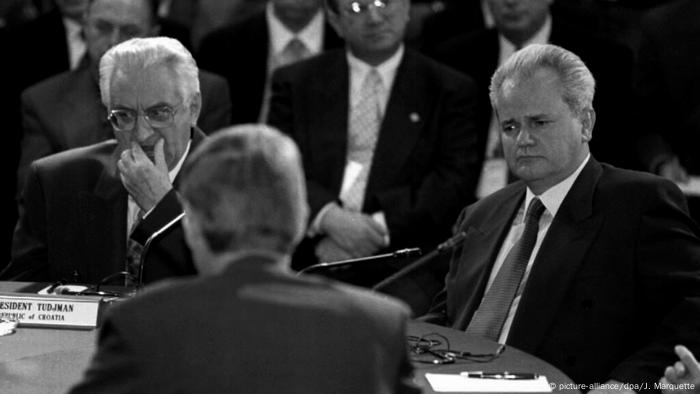
Croatian President Tudjman (left) and his Serbian counterpart Milosevic took part in the Dayton peace conference in 1995
The logic of division
Yugo-nostalgics praise the former republic's multiethnic state as a model for the future. They say the original was destroyed by jealous foreign powers or evil politicians — depending on who you talk to. But a society that distributes its riches and power along ethnic lines should not be surprised when ethnic conflict eventually dominates every aspect of life.
In the end, dividing the crumbling republic was the logical step. In Yugoslavia, as elsewhere in the world, there were plenty of evil politicians willing to lead the experiment to its bloody conclusion.
That isn't to say that Yugoslavia never had a chance. In the late 1960s, when democratic optimism swept the world, young Yugoslavians, too, stood up to fight for liberal values. Most were primarily concerned with civic rather than national equality.
But Tito and the old guard that surrounded him had no desire to introduce more democracy. Instead, it was decided that the best route would be to more finely tune the republic's ethnic balance. In the end, everyone felt exploited by everyone else, and rightly so.
Yugoslavia will never exist again. But other multiethnic countries and quasi-states are facing the same challenges that faced the republic before its collapse — reason enough to avoid any hint of arrogance when looking back.
Watch video 02:38 Sarajevo marks war anniversary
Yugo-nostalgics praise the former republic's multiethnic state as a model for the future. They say the original was destroyed by jealous foreign powers or evil politicians — depending on who you talk to. But a society that distributes its riches and power along ethnic lines should not be surprised when ethnic conflict eventually dominates every aspect of life.
In the end, dividing the crumbling republic was the logical step. In Yugoslavia, as elsewhere in the world, there were plenty of evil politicians willing to lead the experiment to its bloody conclusion.
That isn't to say that Yugoslavia never had a chance. In the late 1960s, when democratic optimism swept the world, young Yugoslavians, too, stood up to fight for liberal values. Most were primarily concerned with civic rather than national equality.
But Tito and the old guard that surrounded him had no desire to introduce more democracy. Instead, it was decided that the best route would be to more finely tune the republic's ethnic balance. In the end, everyone felt exploited by everyone else, and rightly so.
Yugoslavia will never exist again. But other multiethnic countries and quasi-states are facing the same challenges that faced the republic before its collapse — reason enough to avoid any hint of arrogance when looking back.
Watch video 02:38 Sarajevo marks war anniversary

